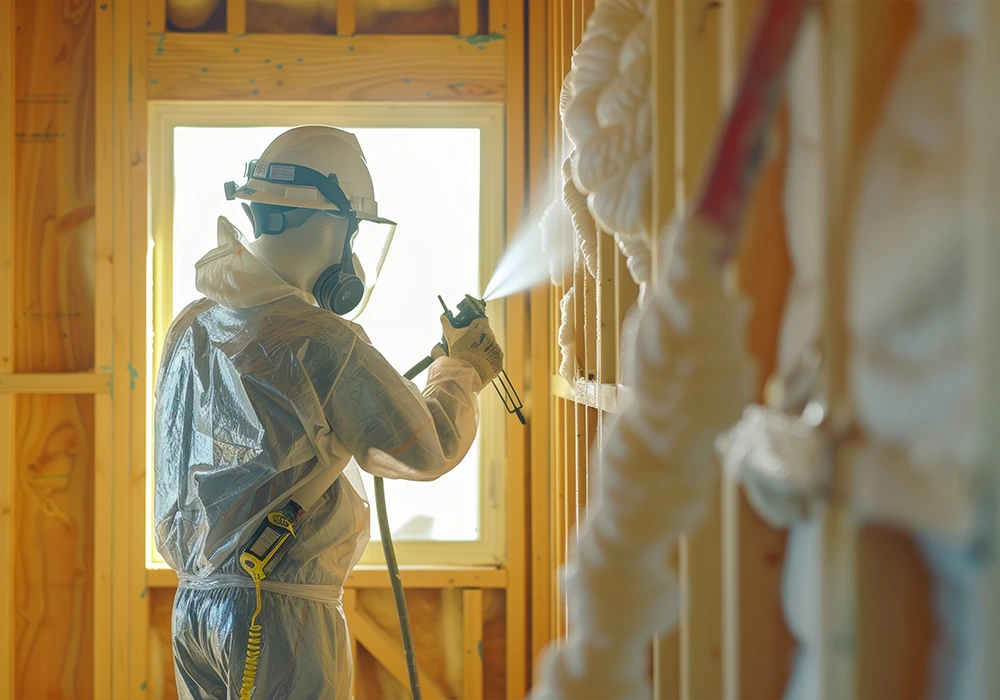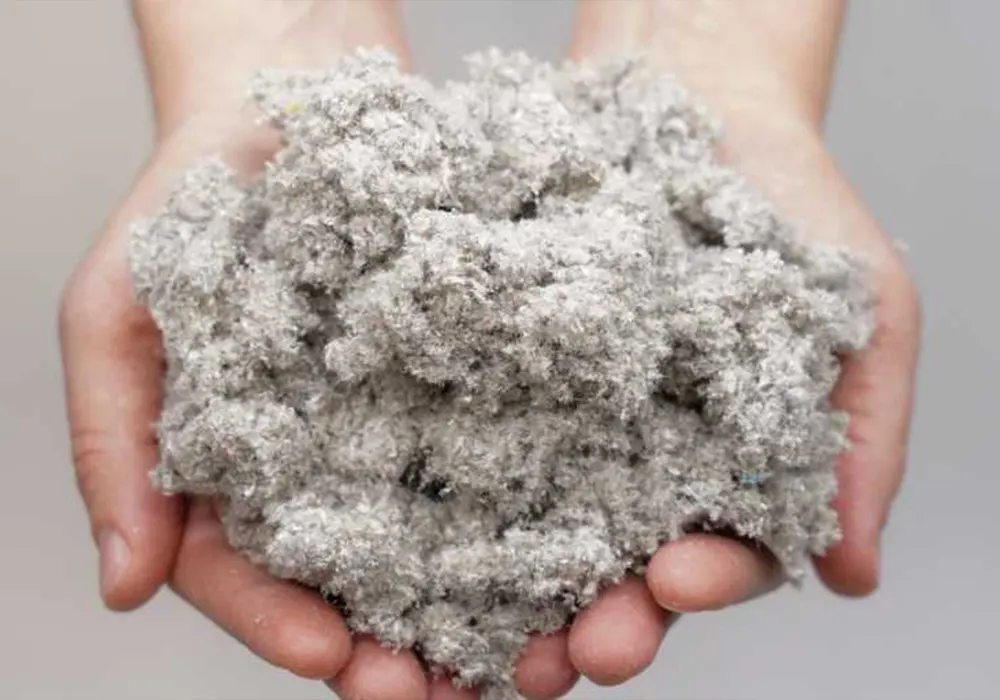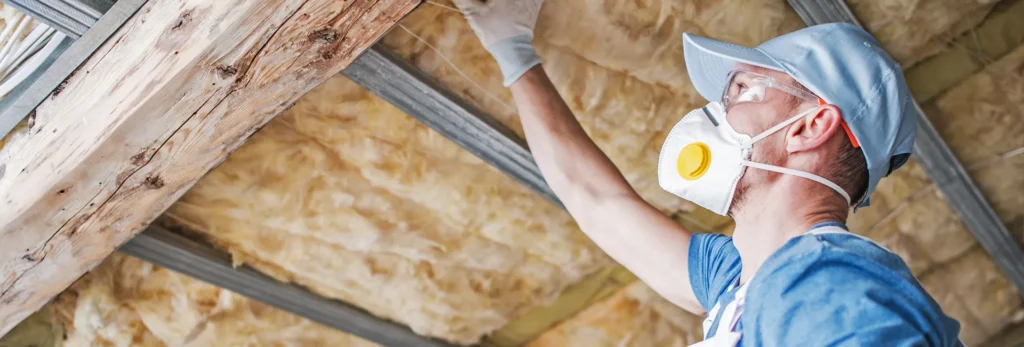When it comes to comfort and energy efficiency, insulating your home plays a key role. With advancements in technology, insulation materials, and techniques have significantly evolved, providing more efficient and long-lasting solutions.
In this post, we’ll explore some of the latest innovations in the insulation industry and how they can transform the indoor environment of your home.
Spray Foam: High-performance insulation
Spray foam insulation is one of the most innovative technologies when it comes to thermal efficiency and moisture control. Applied directly to surfaces, spray foam expands, filling even the smallest cracks and creating an effective barrier against heat and cold. This type of insulation is ideal for hard-to-reach areas, such as attics and irregular walls, and offers additional benefits like:
- Better sealing: Reduces air and moisture infiltration, improving indoor air quality and increasing energy efficiency.
- Durability: Spray foam has a long lifespan, meaning less need for maintenance and replacement.
- Energy efficiency: Minimizes heat loss, reducing heating and cooling costs.

Cellulose: The eco-friendly insulation
Cellulose insulation is an eco-friendly and efficient alternative to traditional insulation. It is a sustainable option that offers great performance in terms of thermal and acoustic insulation. In addition, cellulose is treated to resist pests, fire, and mold, making it a safe and reliable choice for your home. The main benefits of cellulose include:
Superior performance: Cellulose is great for filling hard-to-reach spaces and has excellent thermal insulation properties.
Sustainability: Made from recycled materials, it is an environmentally friendly option.
Noise reduction: Improves acoustic insulation, creating quieter and more comfortable environments.

Fiberglass: The classic insulation with new technologies
Although fiberglass insulation is a traditional option, innovations in the manufacturing process have made it one of the best alternatives in the current market. Fiberglass is effective for thermal insulation and is relatively more affordable compared to other types of insulation. With improvements in its strength and ease of installation, fiberglass remains an excellent choice for various types of construction.
Cost-effective: It is one of the most affordable options available, providing good thermal properties at a reasonable price.
Versatility: Works well in a variety of environments, from attics to external walls.
Long durability: Resistant to mold and pests, making it a long-term insulation solution.

Removal of old insulation: An important step in improving energy efficiency
In many older homes, the insulation originally installed may no longer be effective due to wear and material deterioration. Removing old insulation is a crucial step to ensure that new material performs as effectively as possible. This not only improves your home’s energy efficiency but can also help prevent health issues related to mold and other contaminants.
Proper removal of old insulation ensures that the new material adheres correctly to surfaces and that its thermal and acoustic properties are maximized. Additionally, it helps prevent issues like excessive moisture, which can damage your home’s structure in the long run.
The future of insulation: Emerging trends
The insulation industry continues to evolve, with innovative technologies shaping the future of construction and energy efficiency in homes. Some examples of emerging trends include:
Integrated insulation: New methods are allowing insulation to be directly integrated into the structure of the property, creating a more efficient and less invasive solution.
Superconductive materials: Research is underway to develop materials with even lower thermal conductivity than current options.
Smart insulation: Technologies that can adjust their efficiency based on weather conditions or the internal temperature of the home.
Conclusion
Investing in a good insulation system for your home is not only about comfort but also about energy efficiency and sustainability. The innovative technologies available today make the insulation process more effective, affordable, and long-lasting. Whether through spray foam, cellulose, fiberglass, or the removal of old materials, the options are diverse, and each offers unique advantages. By choosing the best solution for your home, you’re not only improving your family’s quality of life but also making an investment in the future of the planet.
Remember, when opting for an insulation system, choose a technology that meets your specific needs and is applied by qualified professionals to ensure maximum performance and durability.

